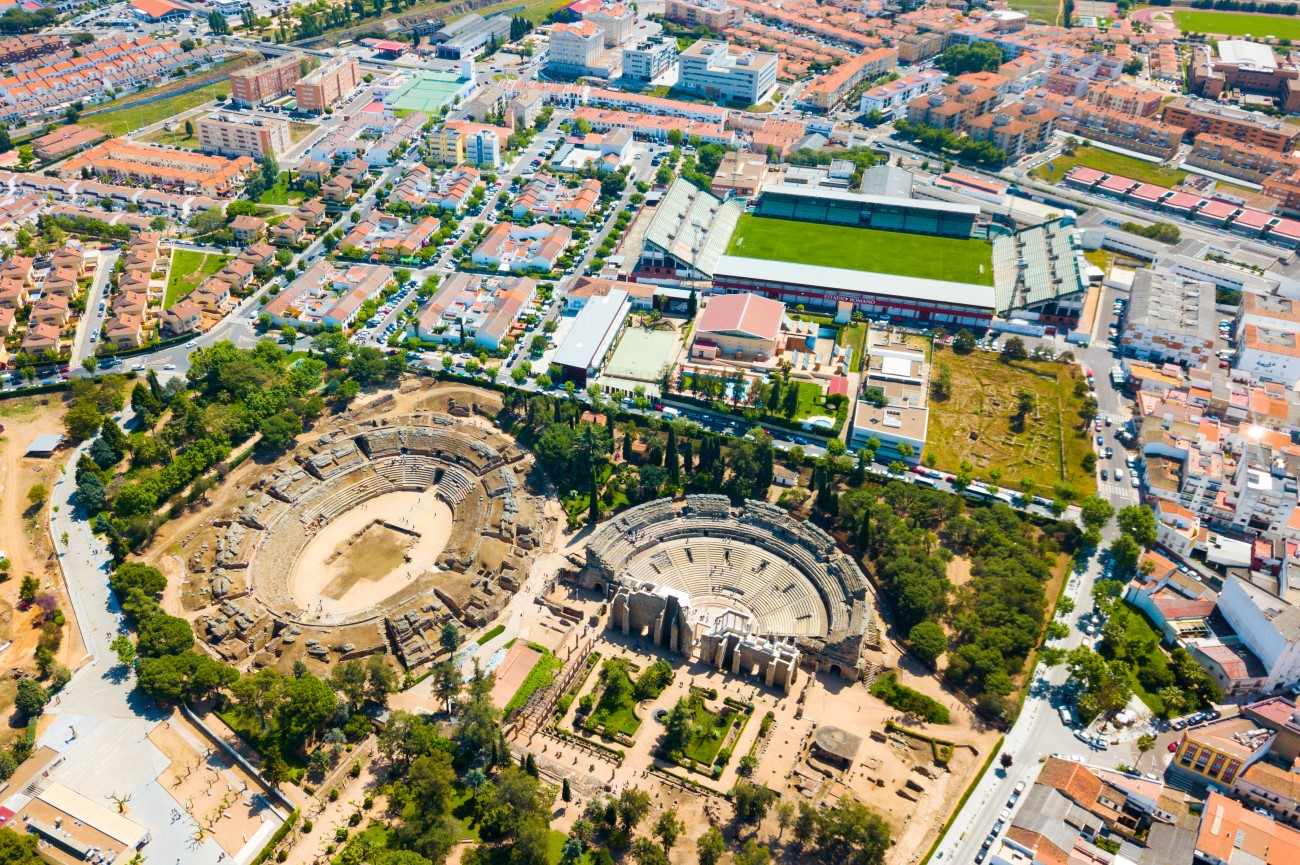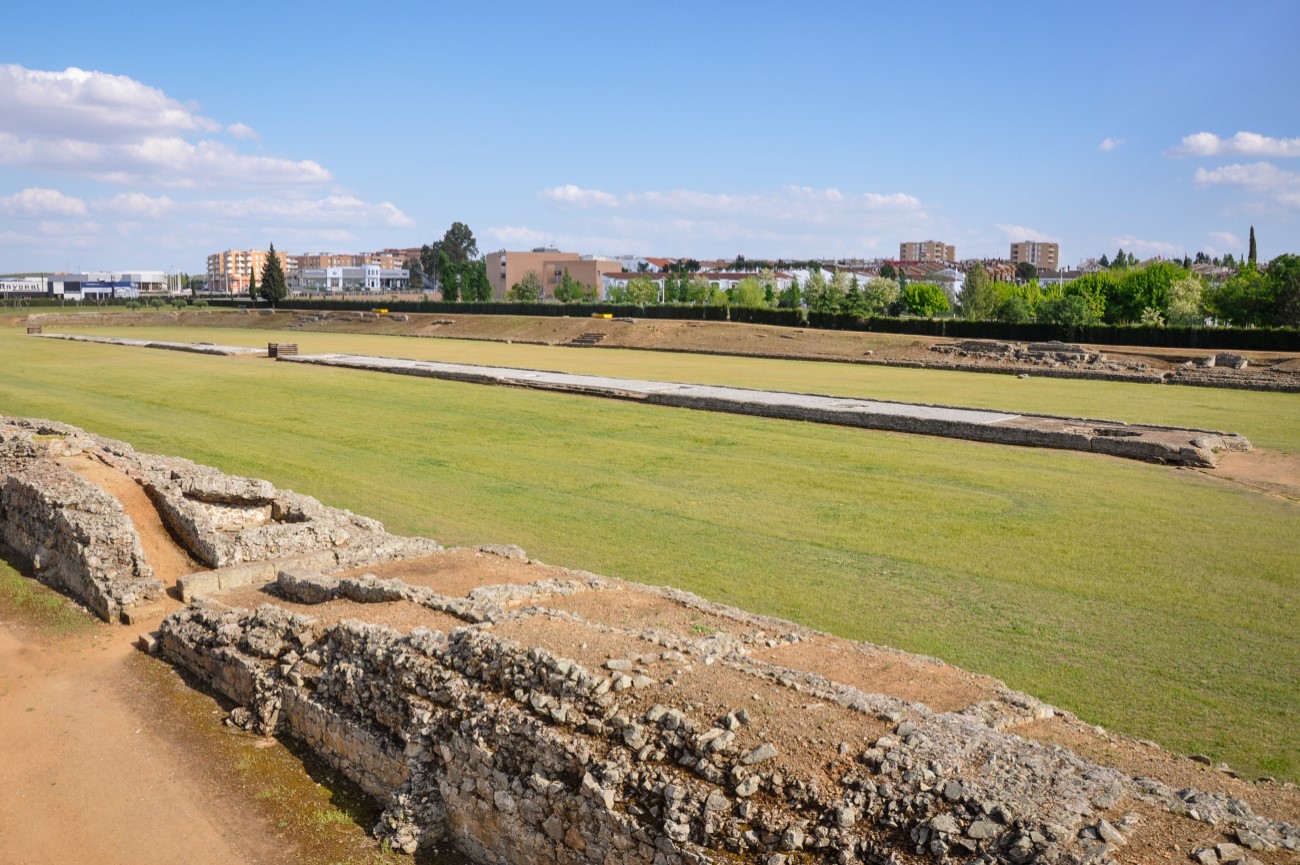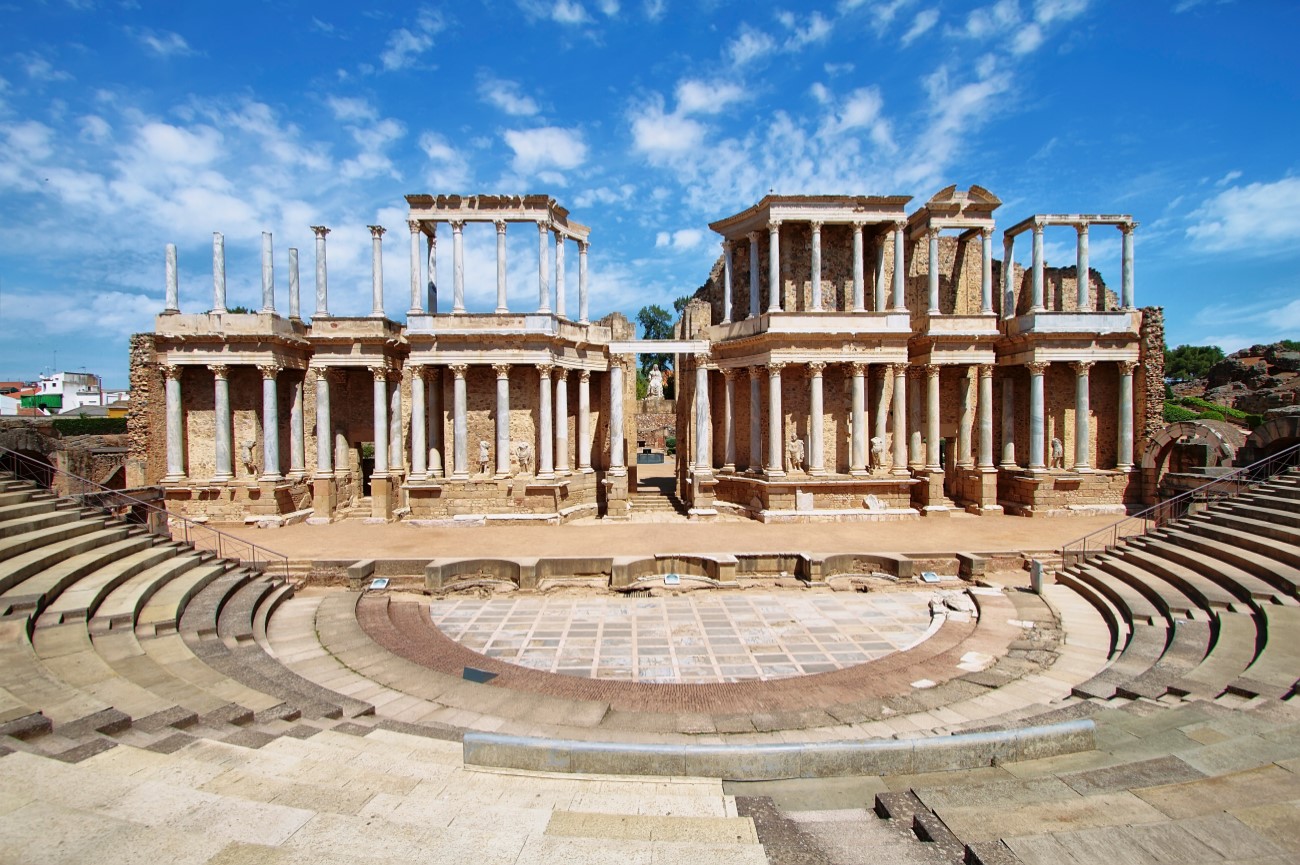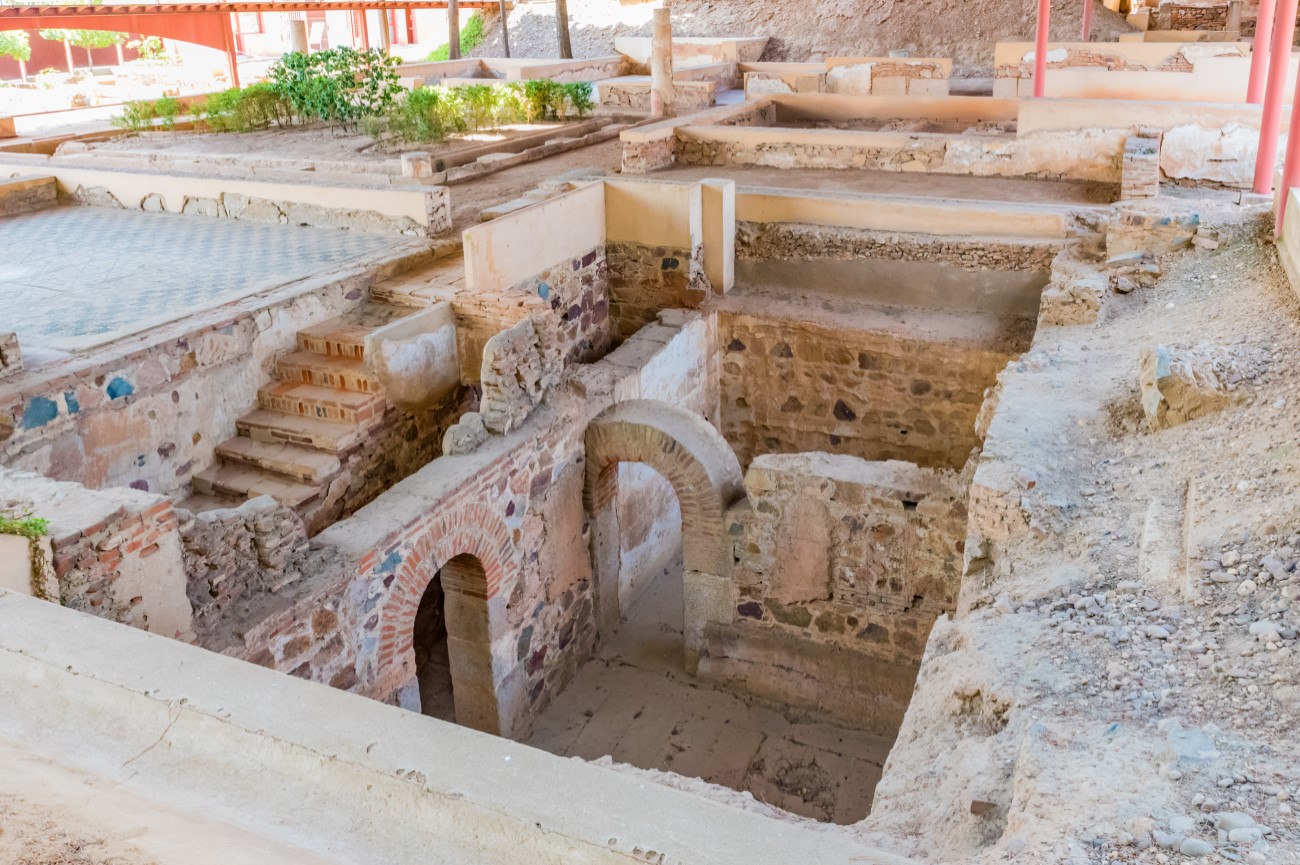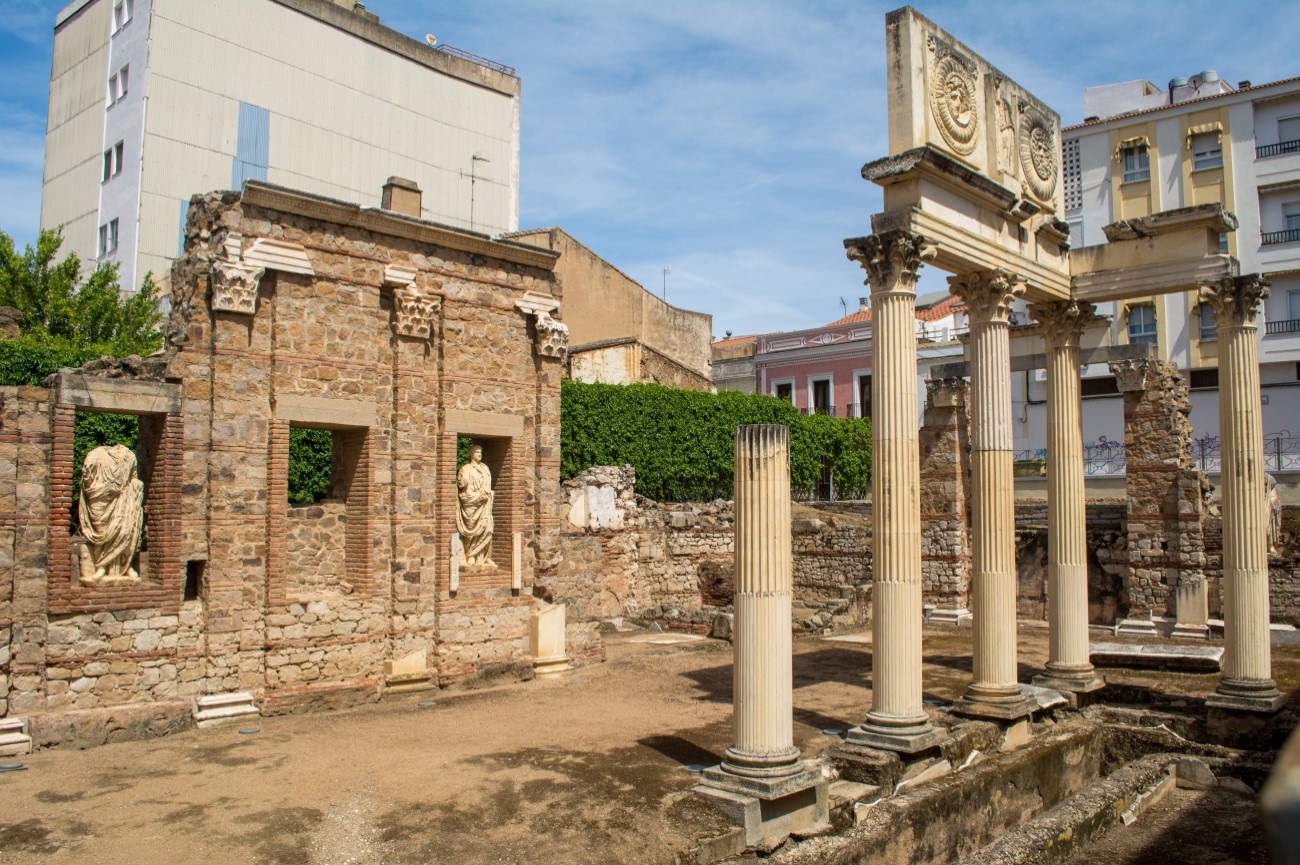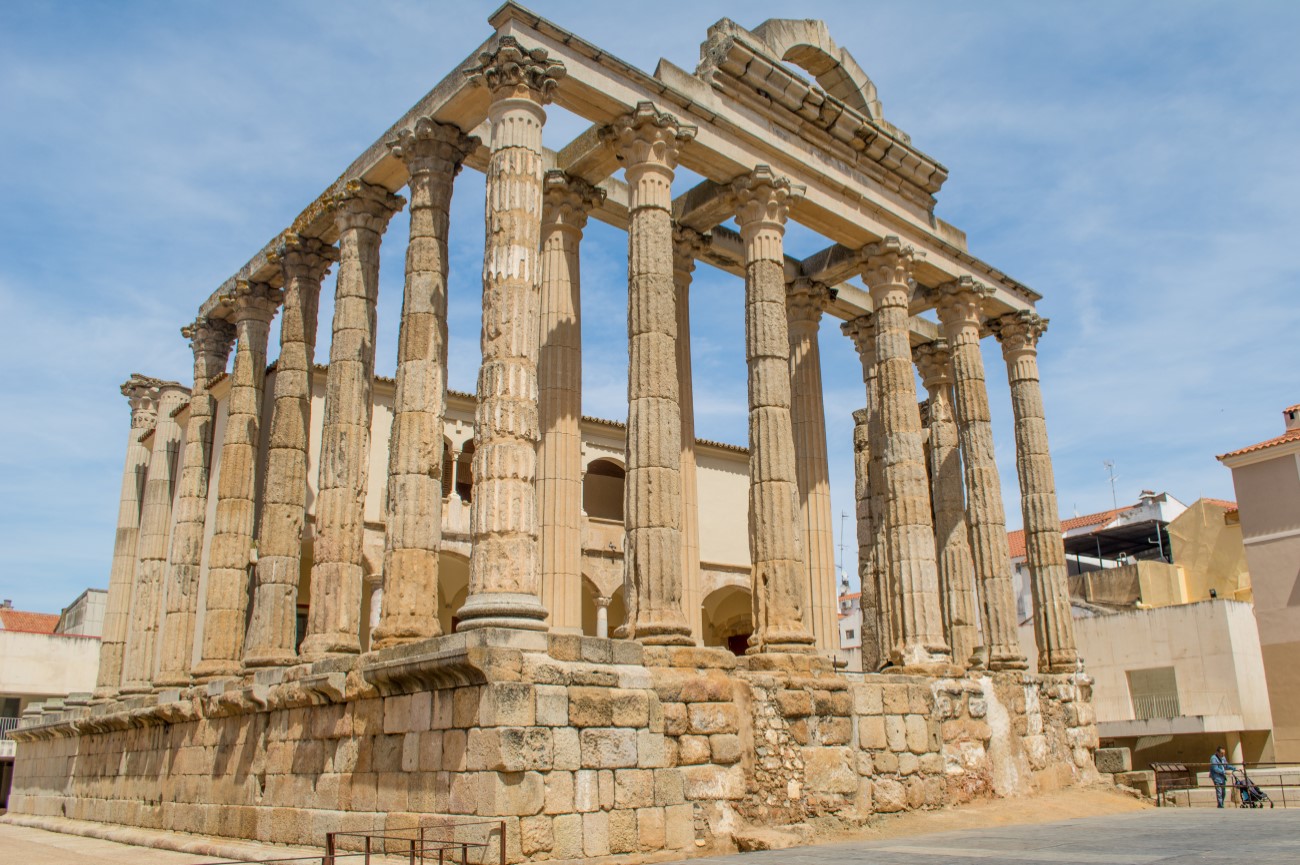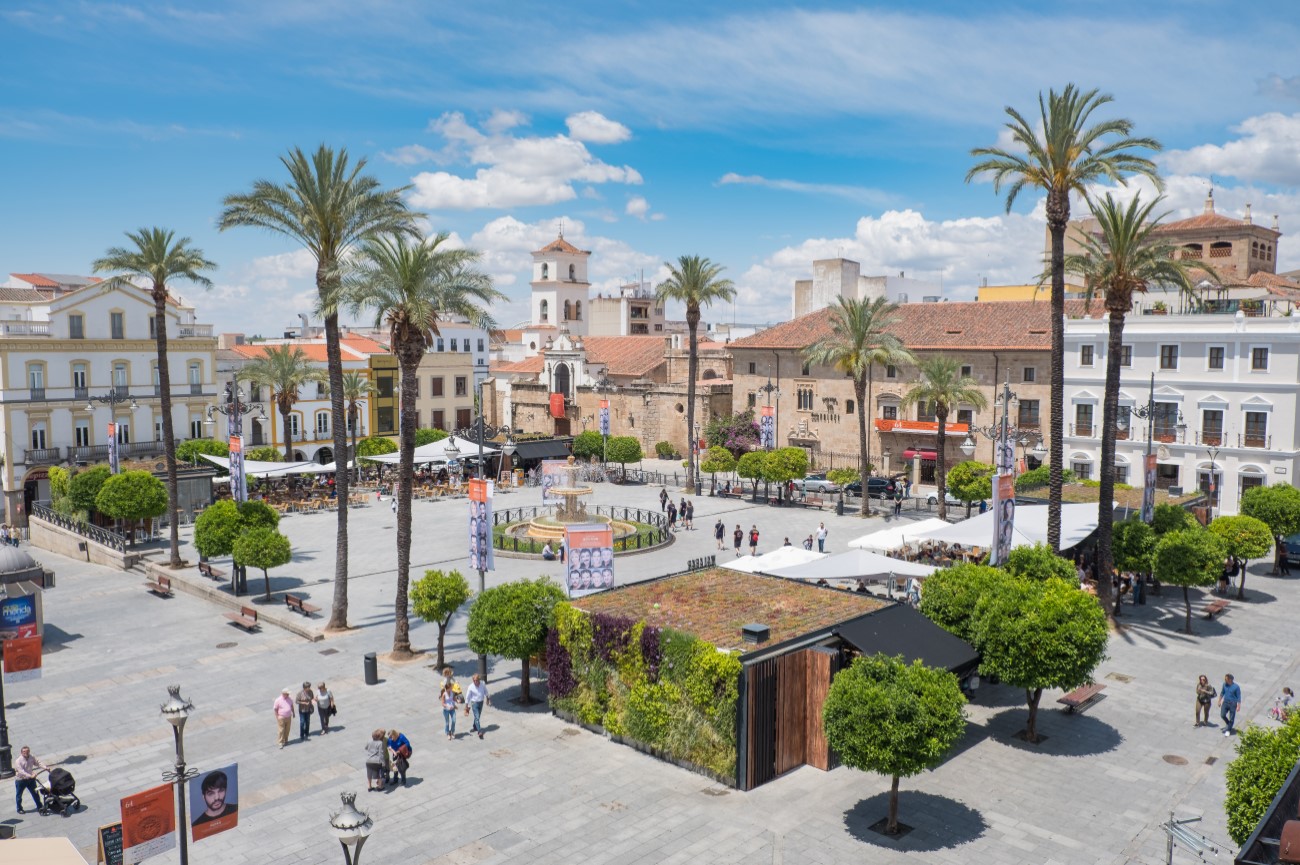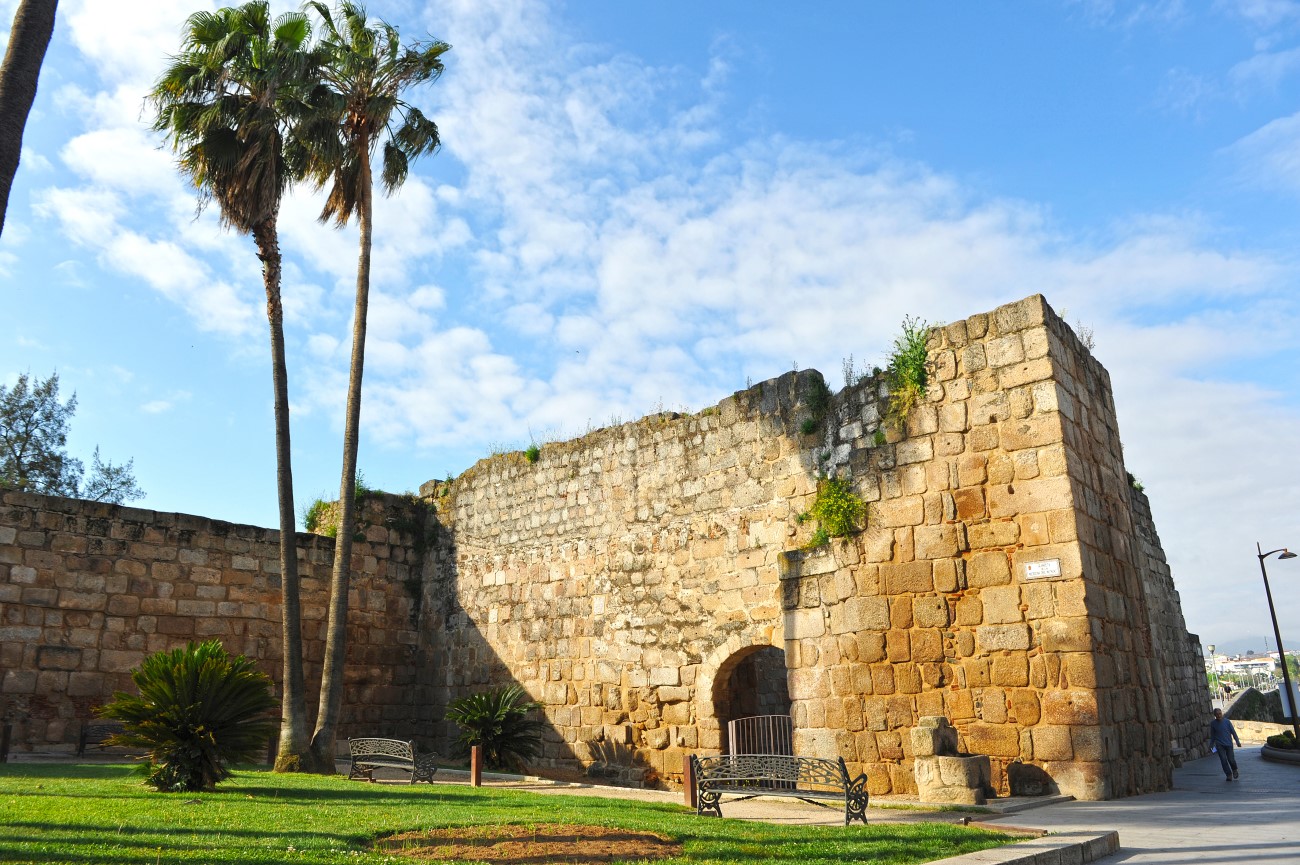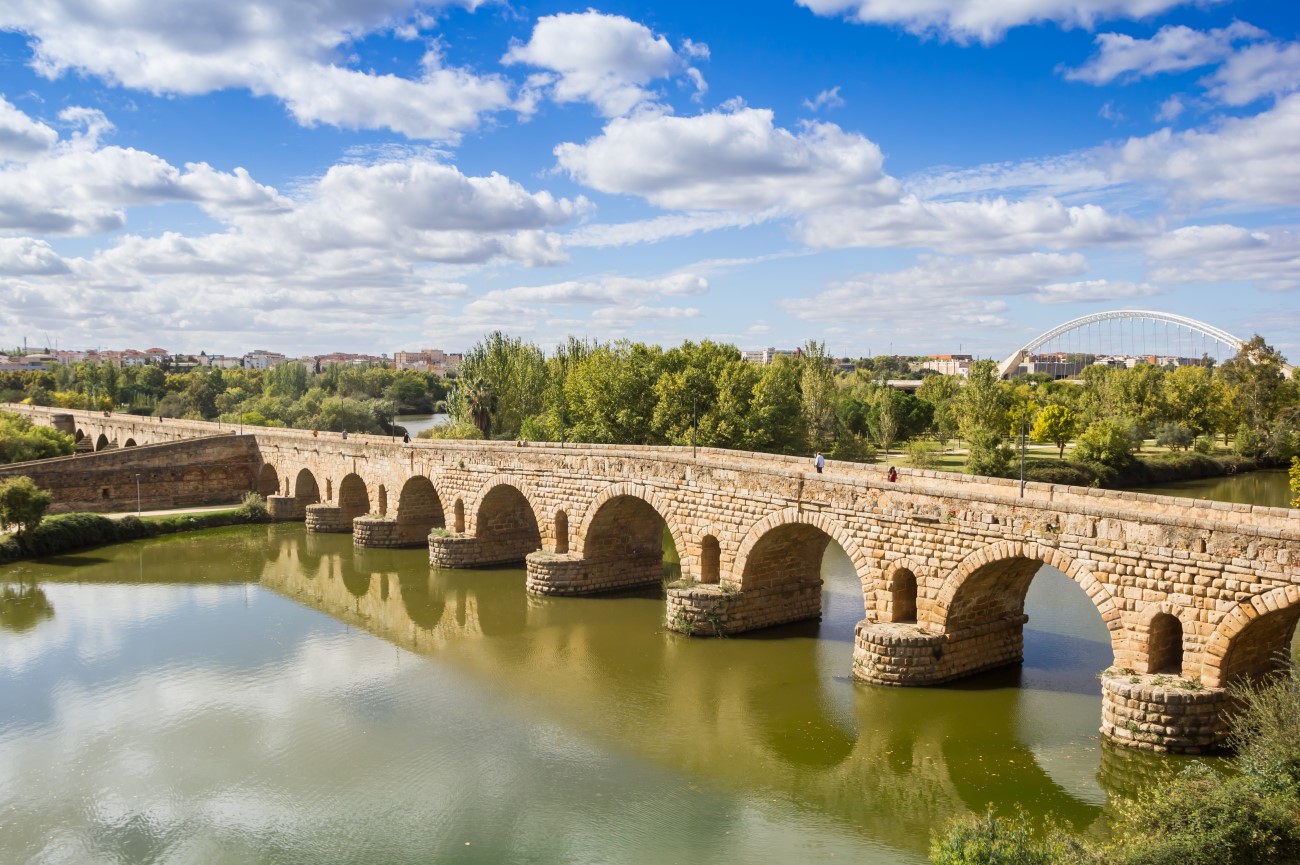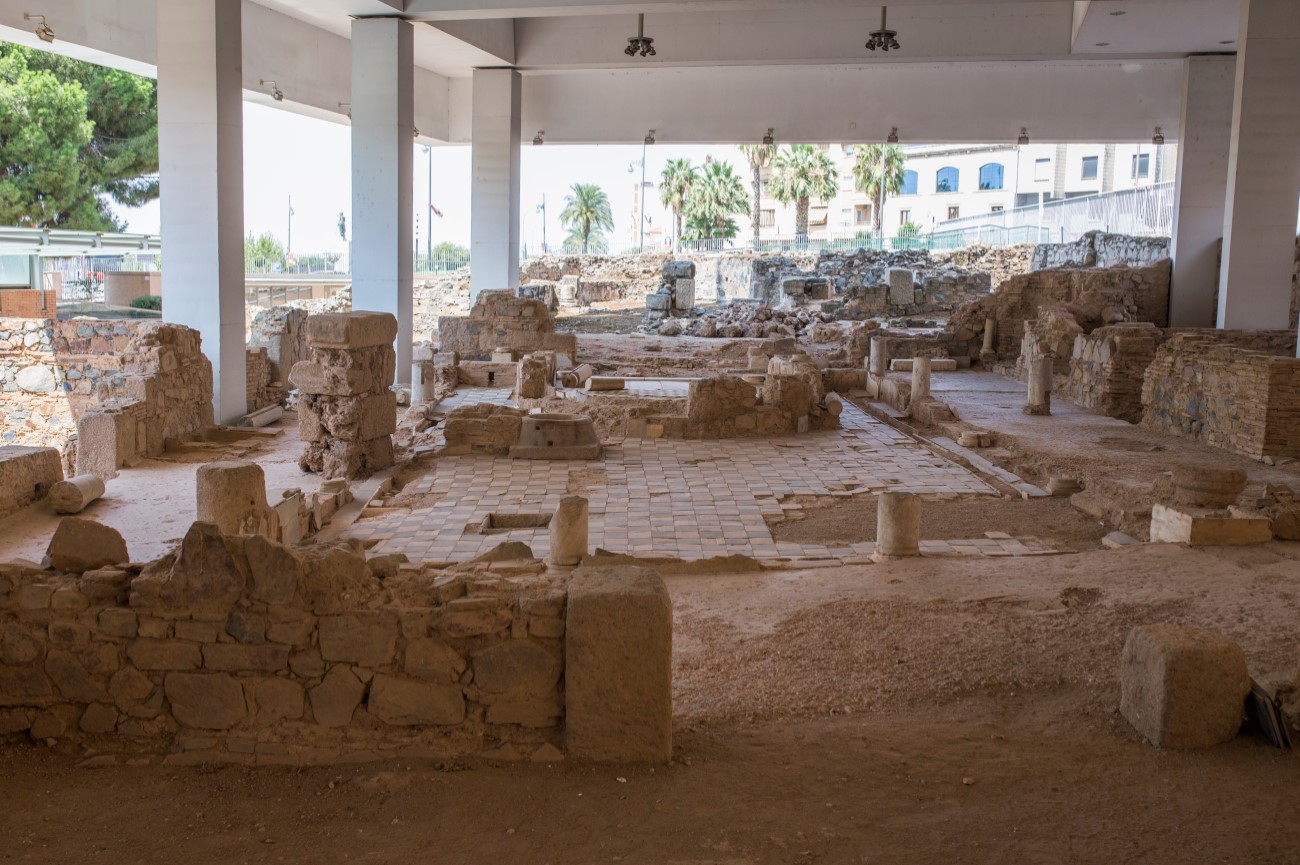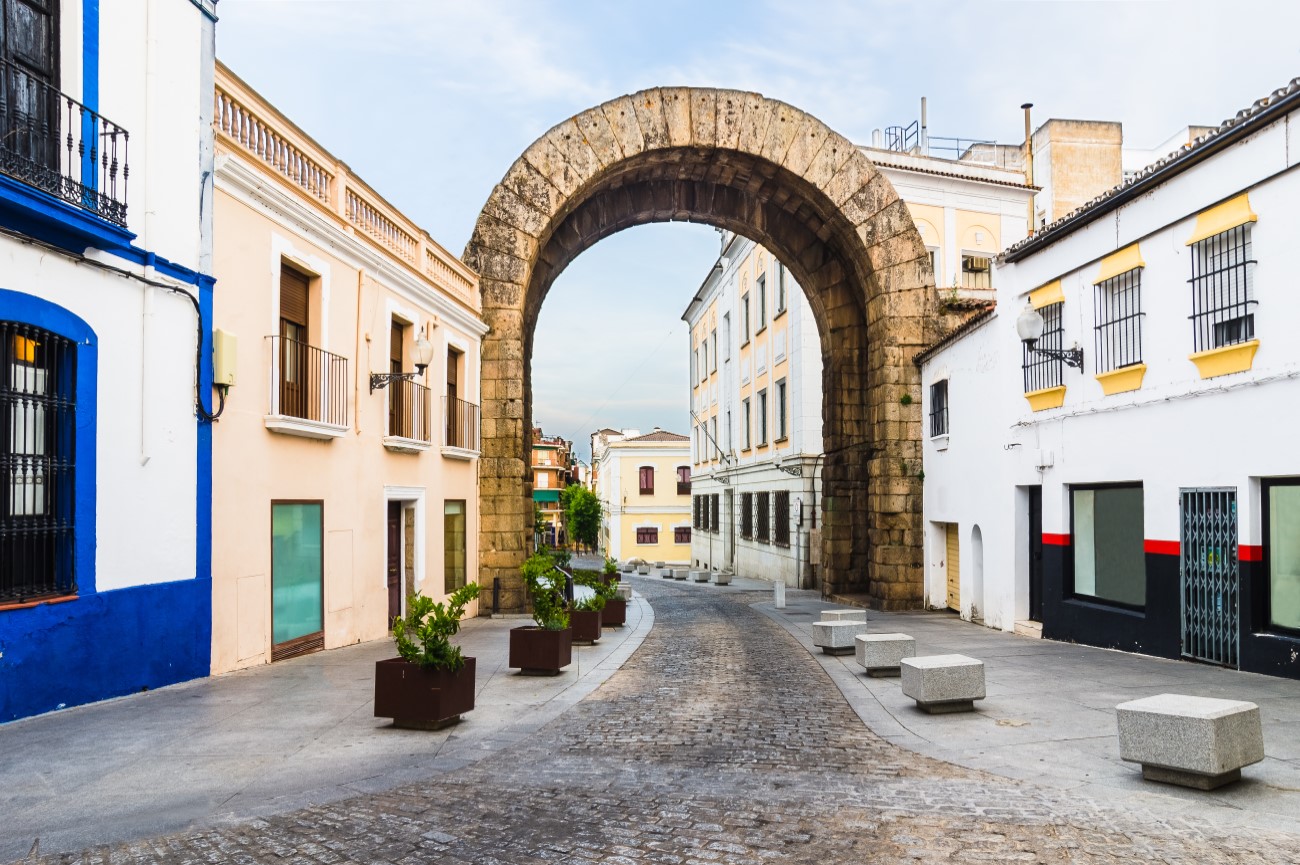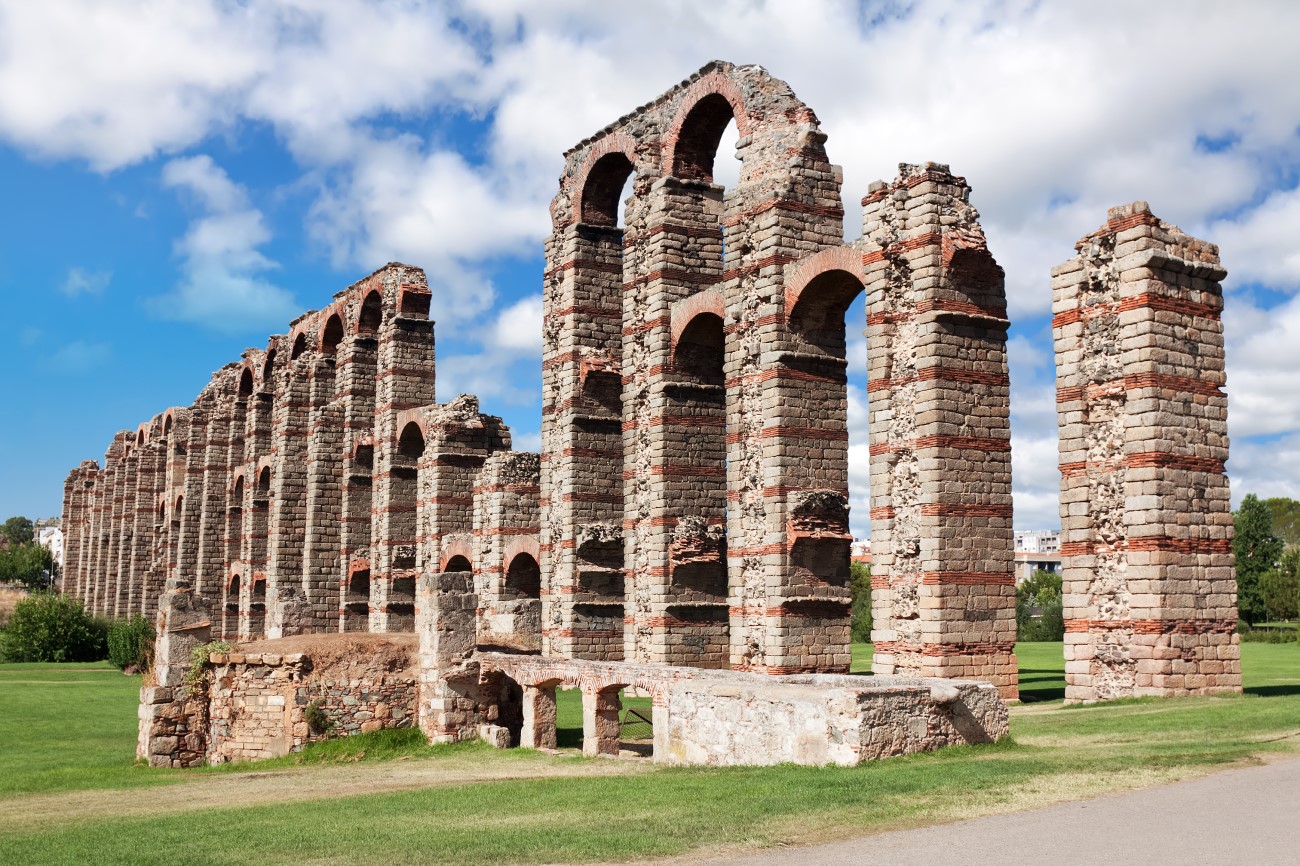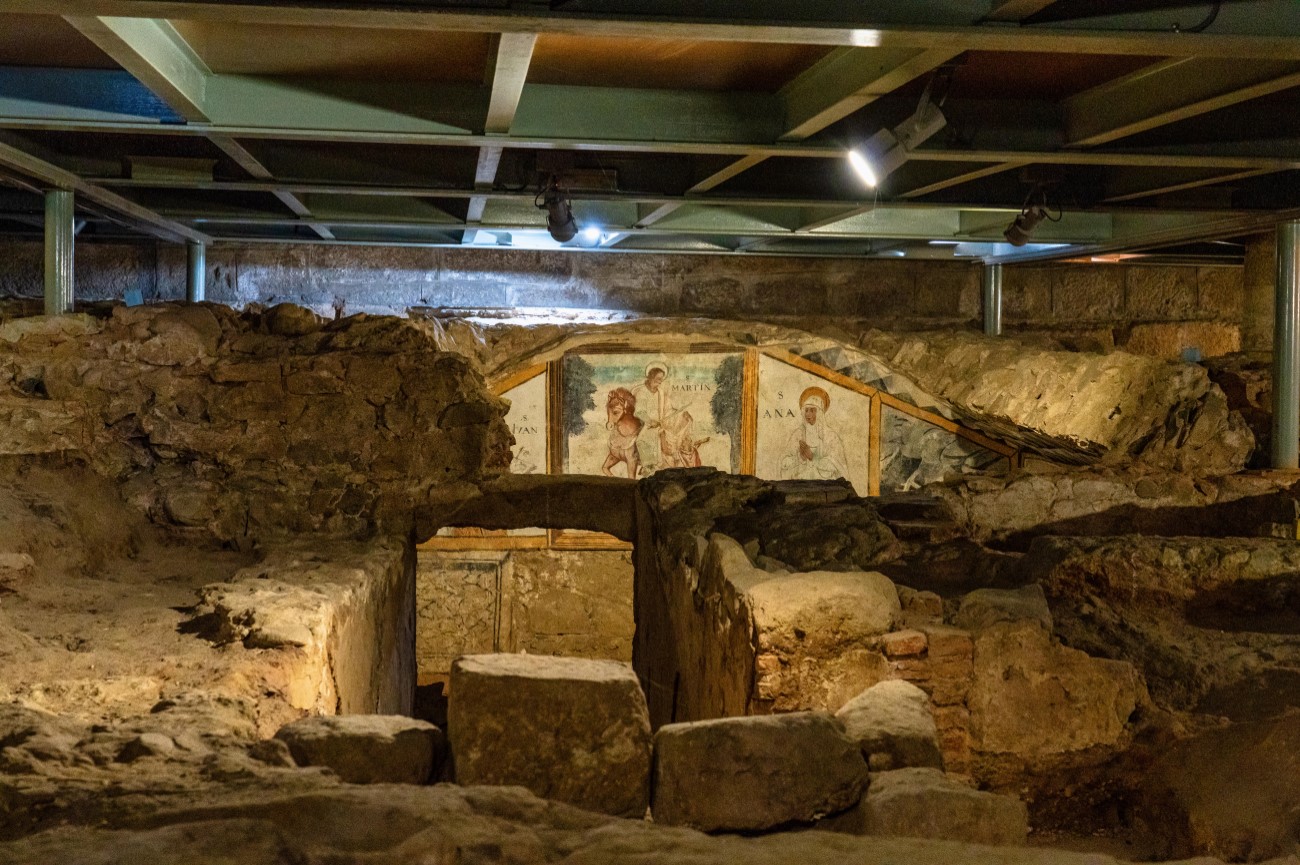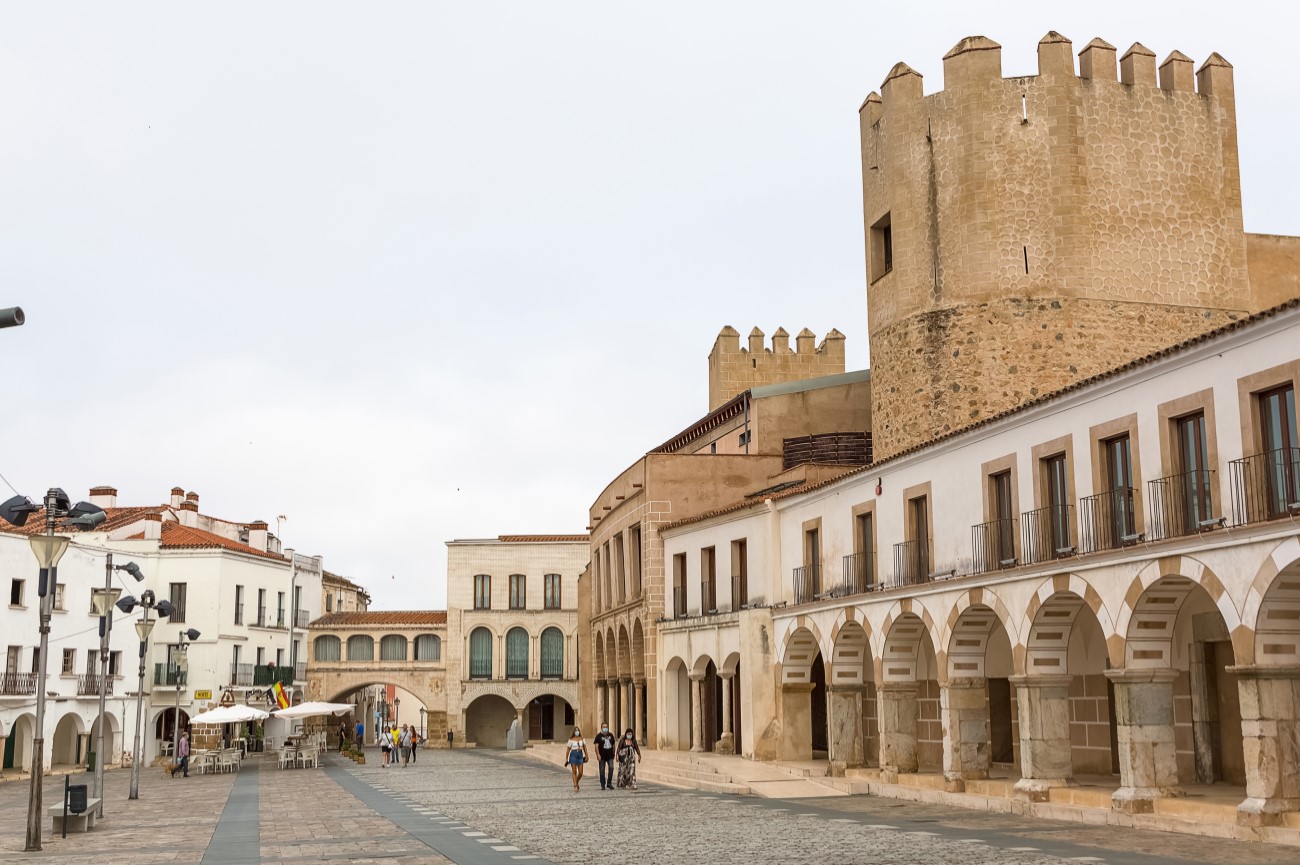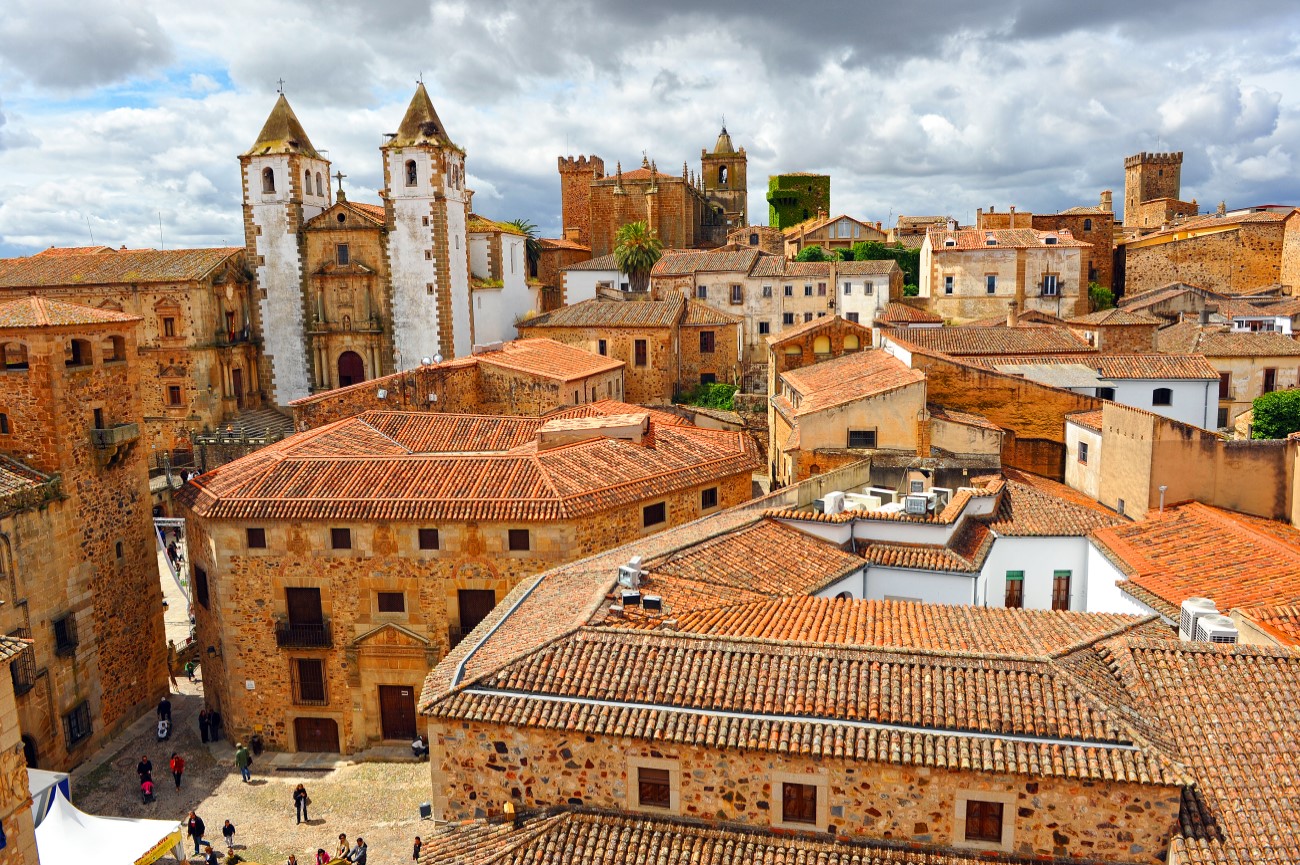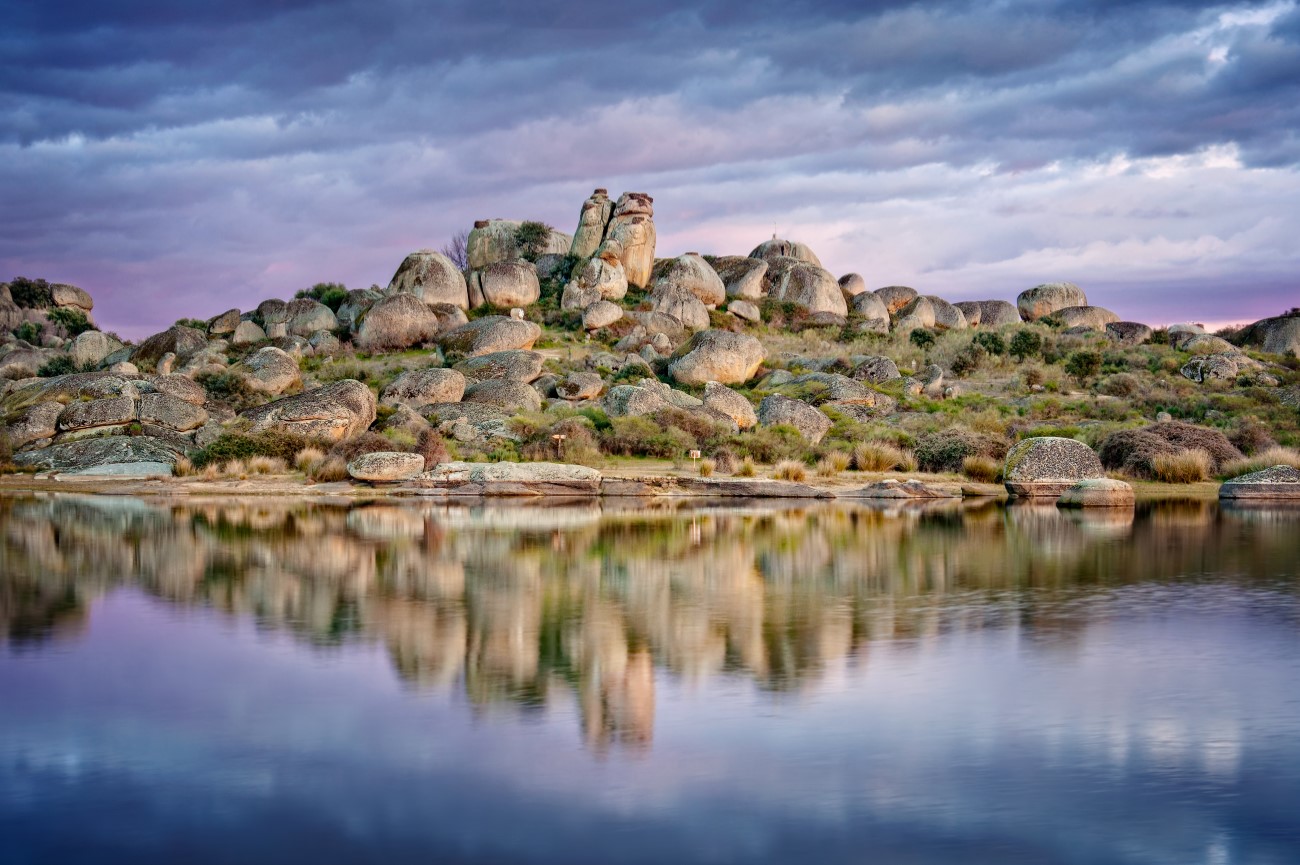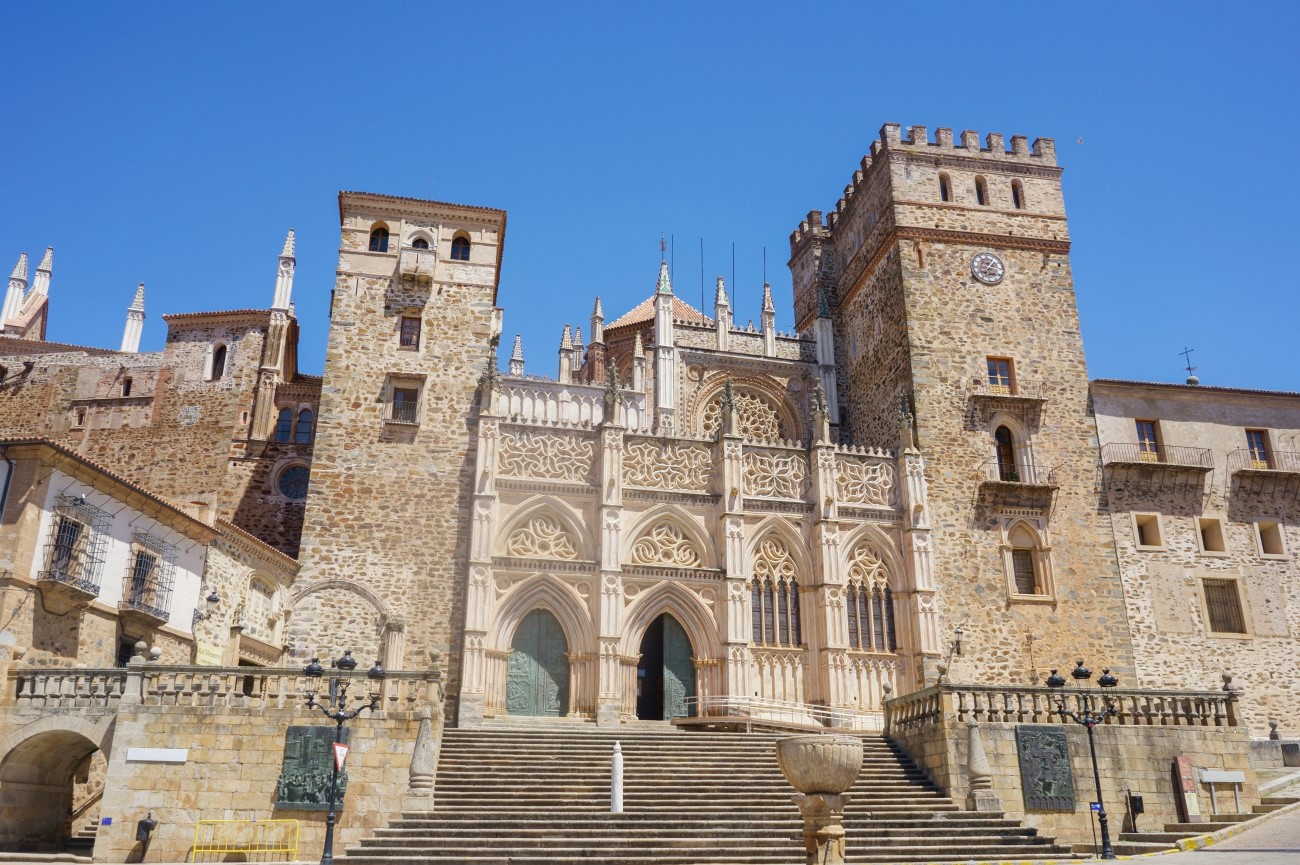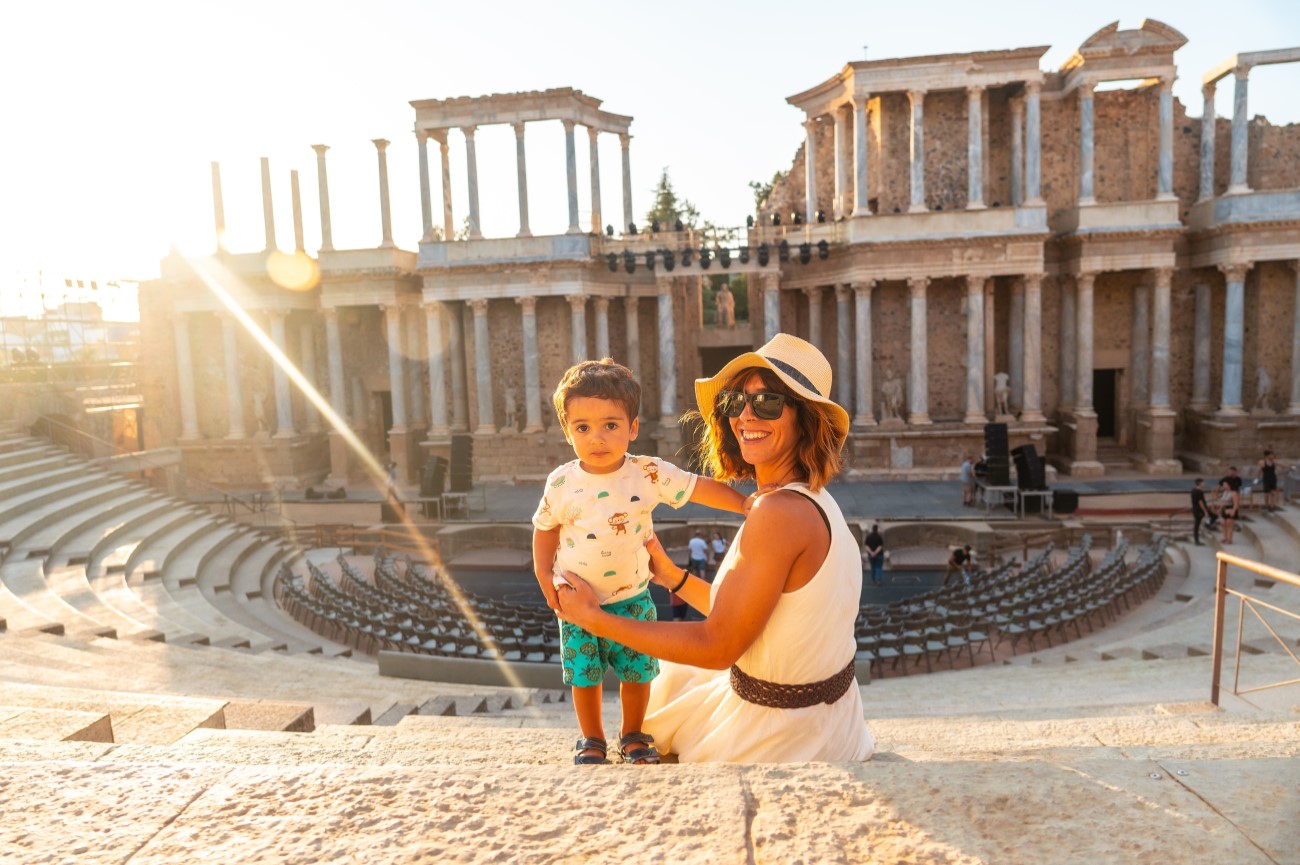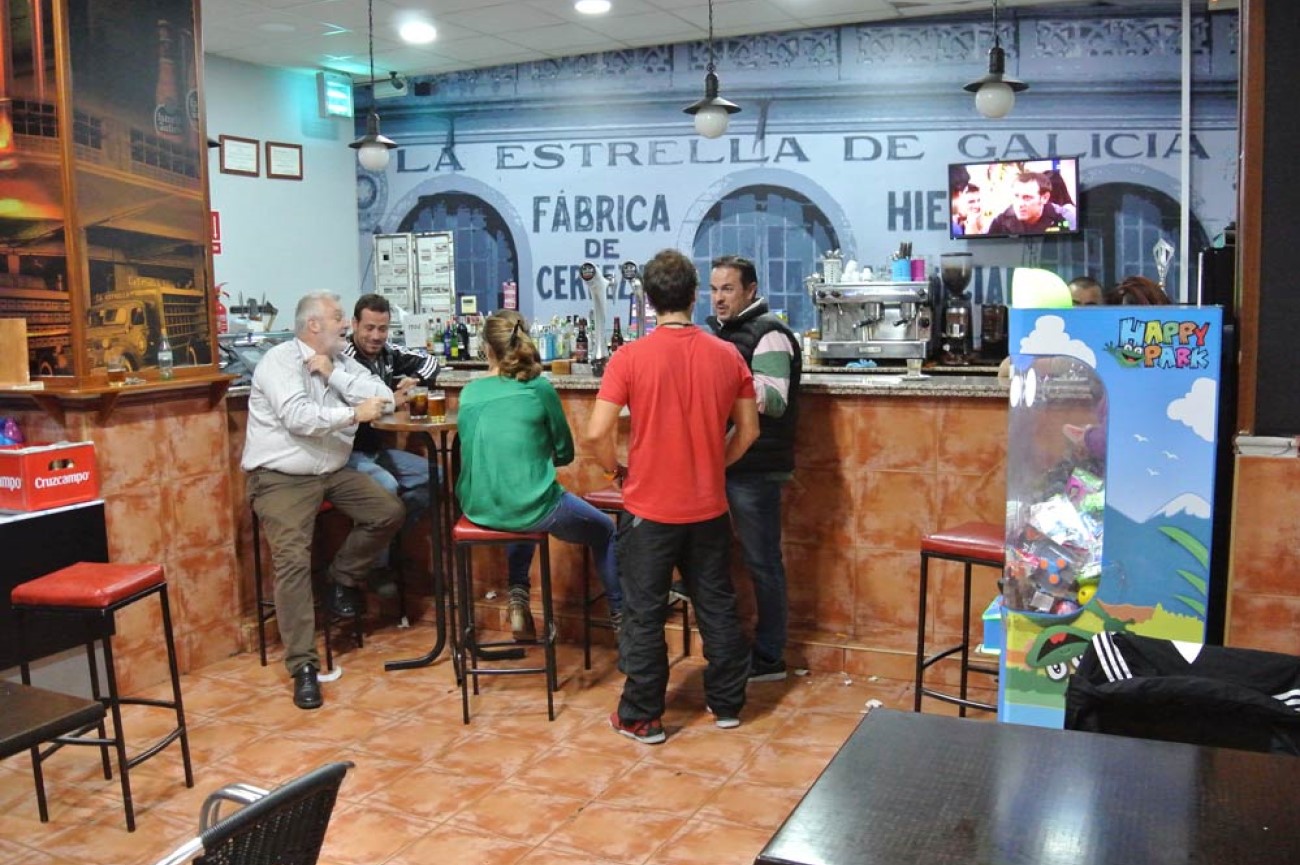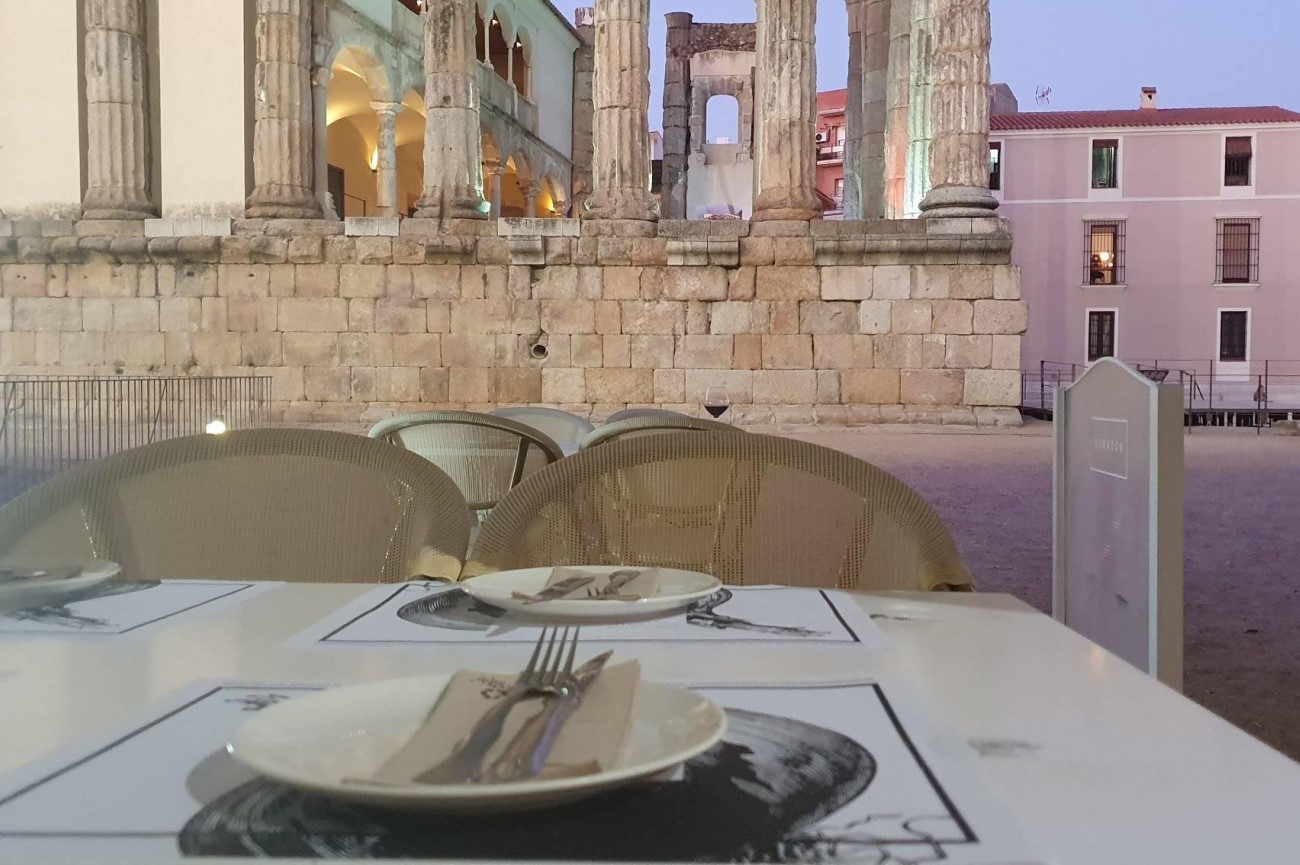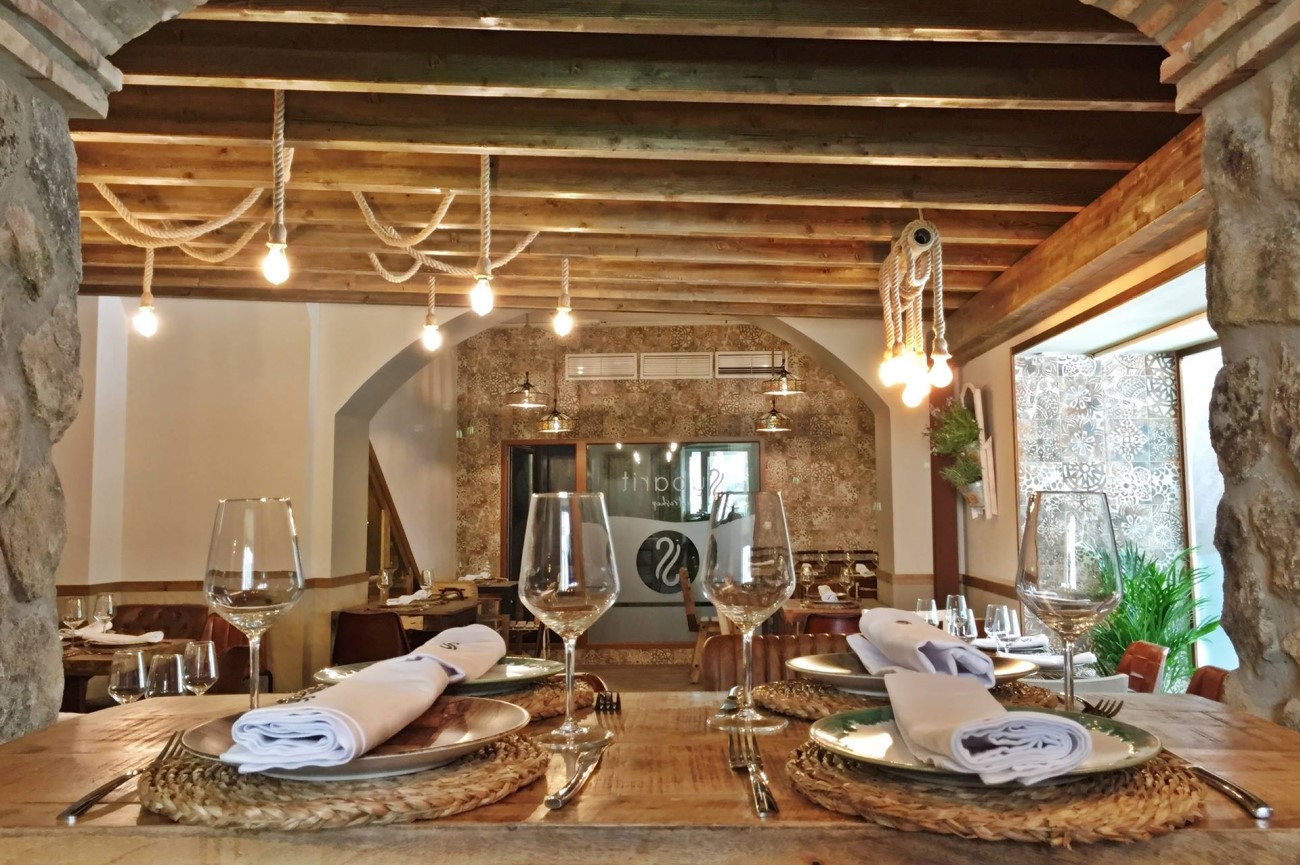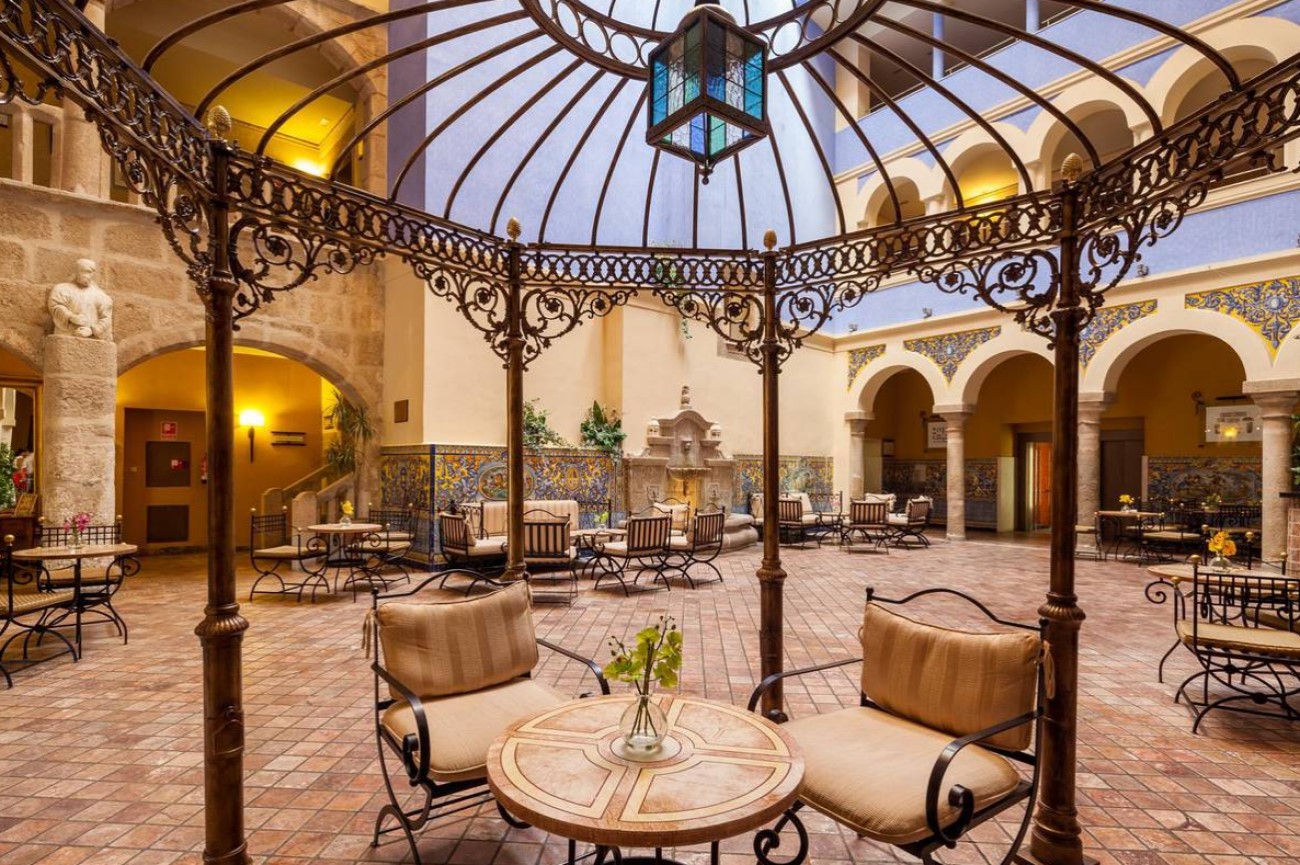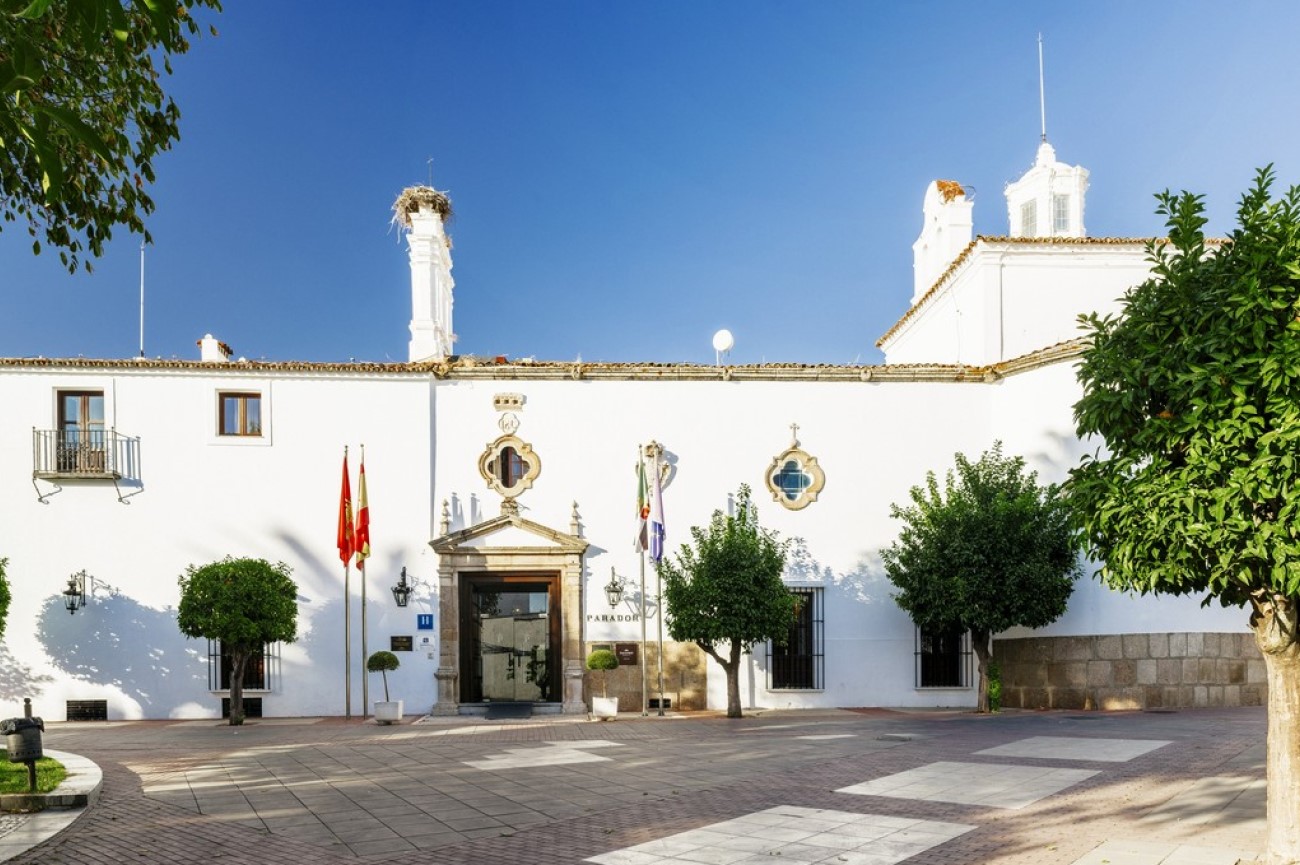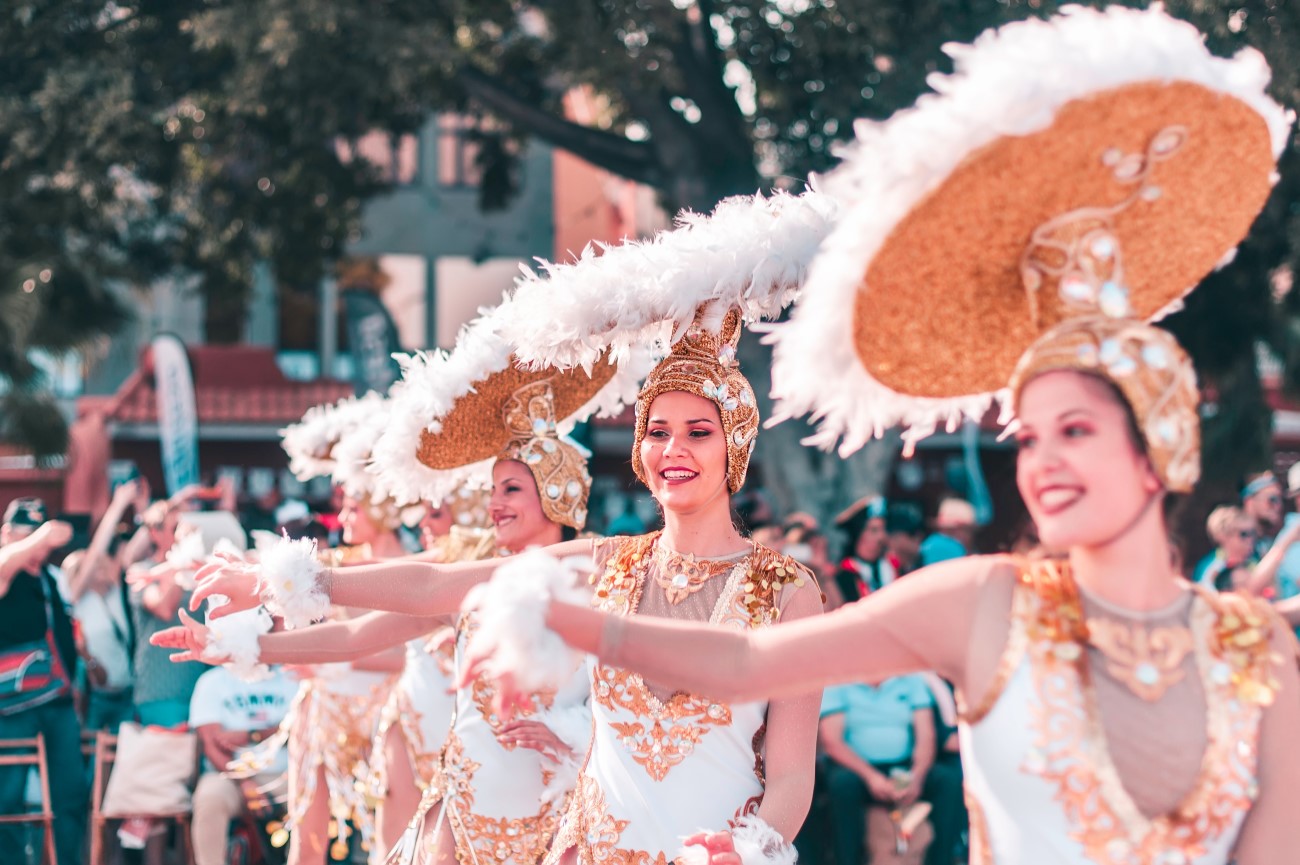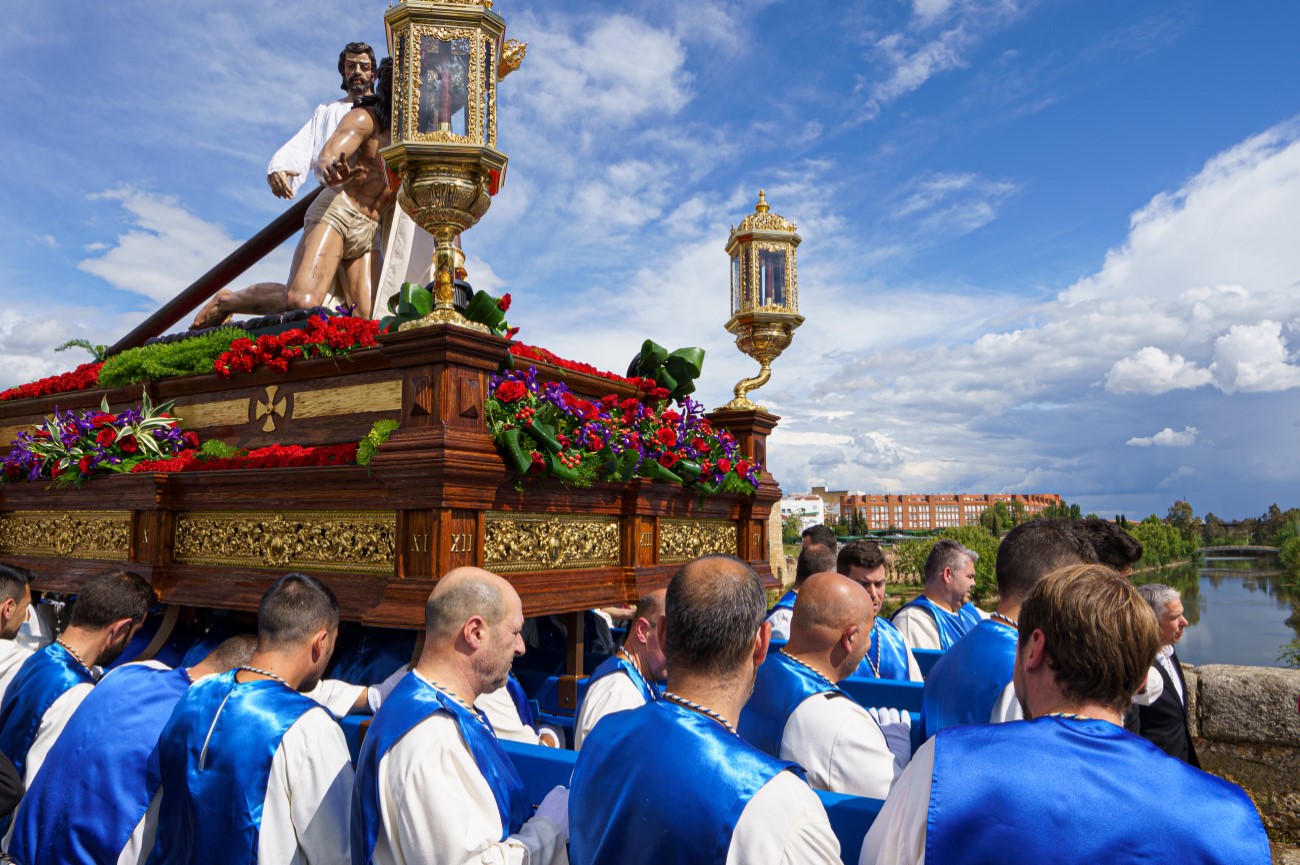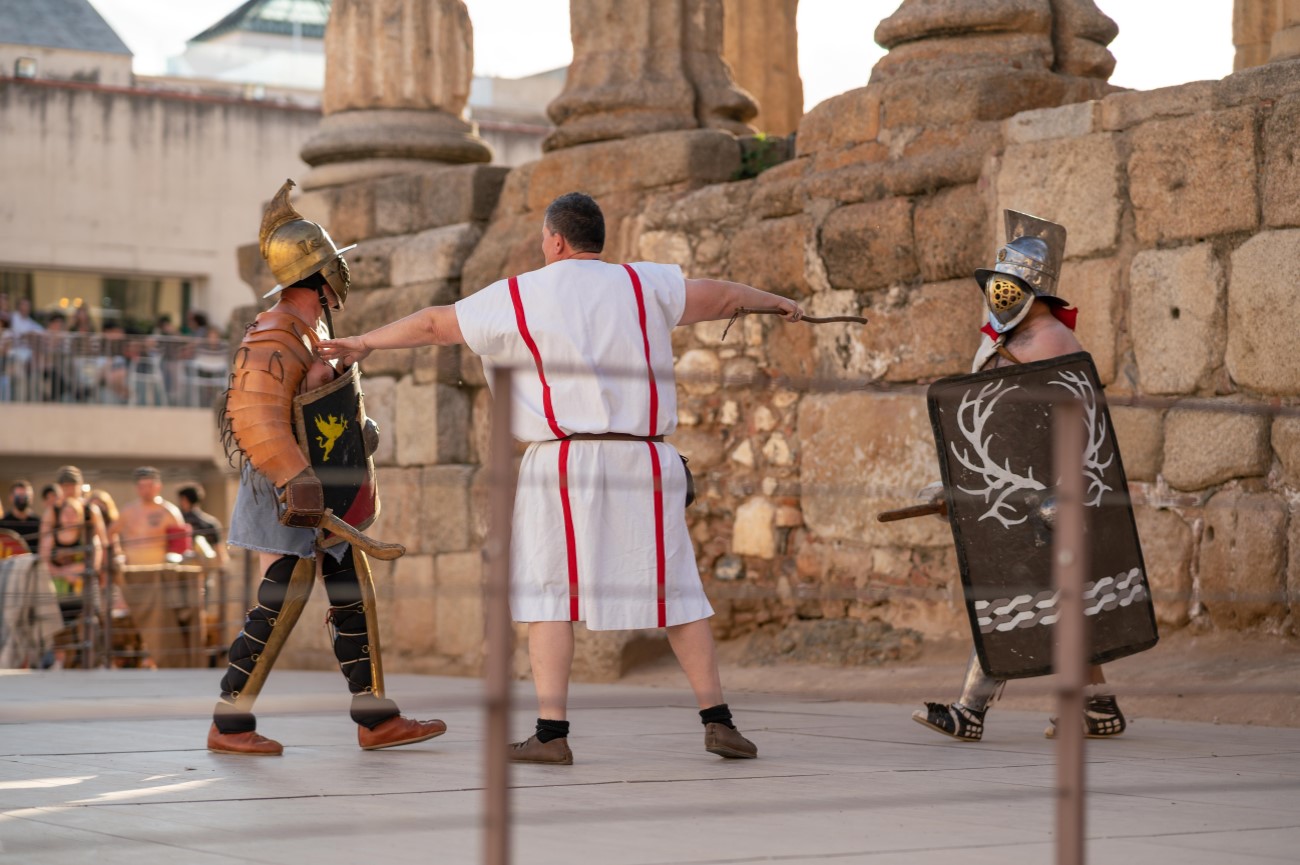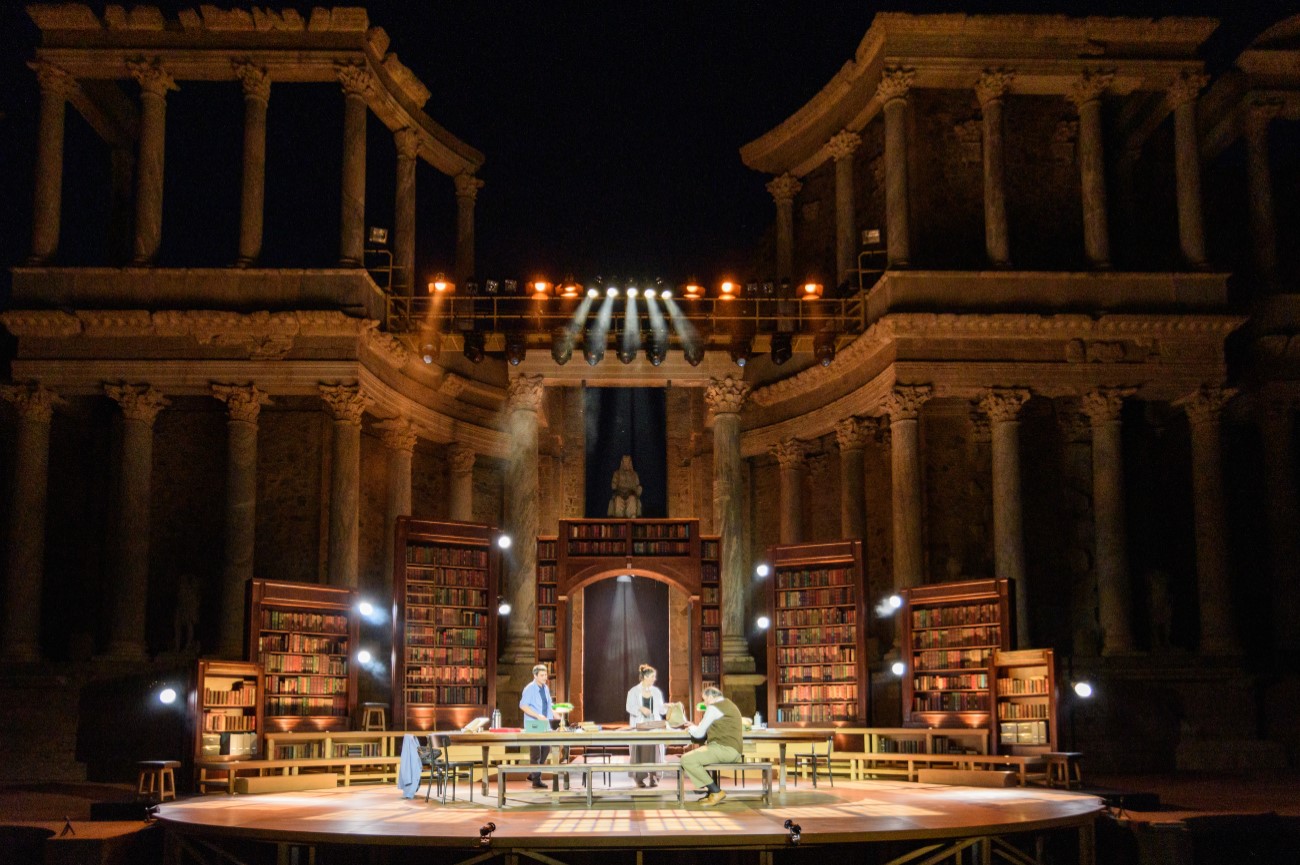Things to do in Mérida, Spain - 1-day itinerary
Founded in 25 BC, Mérida holds some of Spain's most iconic Roman ruins. The capital of Extremadura was once part of a Roman outpost known as Emerita Augusta. You can still see traces of the empire dotted across this UNESCO Heritage City. Among them is the Teatro Romano, a theatre that has remained in operation for over 2,000 years.
The city really comes alive in the summer with festivals recreating those ancient traditions. Beyond the theatre, Mérida hides many other relics, from a Roman temple to a Moorish Alcazaba and a 13th-century basilica.
One day is enough to cover the top attractions in Mérida, but if you have a little more time, you can explore nearby towns like Badajoz and Cáceres. Below is our suggested itinerary, plus a list of places to eat and must-see festivals.
Morning: Circo Romano

Our tour of Mérida begins at the Circo Romano, one of the largest monuments in the city’s Roman network. The circus could once host up to 30,000 people. For centuries, it was used as a hippodrome welcoming regular chariot races. Today, there are only remains of the arena and seating areas. It’s worth visiting the interpretive centre nearby to learn more about the history of this monument and Diocles, a chariot racer who began his career in Mérida before moving on to Rome. A combined ticket gives you access to the circus and other top sites.
Teatro Romano
Just a few miles south is the Teatro Romano, the most iconic attraction in Mérida. Established in 15 BC, the theatre is still active today. Performances are held here every year, including concerts, plays and ballet. The highlight is the Festival de Teatro Clássico which pays homage to the ancient theatre traditions of Greece and Rome. Visitors can sit on the same stone benches and imagine what it was like to attend a show back in the day. Among the building’s highlights are the striking Corinthian columns and the central entryway featuring statues of gods.
Anfiteatro
Connected to the Teatro Romano is a Roman amphitheatre dating back to 8BC. In its heyday, this was the stage for gladiatorial contests with room for 14,000 spectators. The gladiator and lion fresco displayed in the nearby Museo Nacional de Arte Romano was recovered from here. Representation of naval battles were also popular, with the stage being flooded to represent the sea. After the banning of the gladiatorial contests, the amphitheatre was sadly left to ruins.
Casa Romana del Anfiteatro
Another place worth visiting is the Casa Romana del Anfiteatro, an ancient Roman villa attached to the amphitheatre. The rooms are very well preserved, with ancient floor mosaics and frescoes on display. Remains of the original courtyards, kitchen and thermal baths are also visible.
 Mosaic depicting three men treading grapes to make wine at Casa Romana del Anfiteatro, Merida, Spain
Mosaic depicting three men treading grapes to make wine at Casa Romana del Anfiteatro, Merida, Spain
Museo Nacional de Arte Romano
As the name suggests, this museum is dedicated to Roman Art. The collection is spread across three floors and includes statues, mosaics, frescoes, coins and pottery. Most of these items were collected in and around Mérida and brought to this museum which opened in 1986. Among the highlights is a bust of Emperor Augustus made with Carrara marble and wall paintings from the Roman theatre. The building itself stands out with its terracotta facade and arched entryway. Make sure to allow at least an hour for your visit.
Casa del Mitreo
Our next stop is the Casa del Mitreo. Established between the 1st and 2nd centuries, this Roman villa used to belong to a noble family. The name comes from a nearby temple dedicated to the cult of Mithra. You can still spot the house’s stunning mosaics, including the mosaico cosmológico, which depicts the forces of nature and the creation of the world. A footpath connects the Casa del Mitreo with the Roman necropolis, Los Columbarios.
Morning - Mérida Tour Map
Afternoon: Pórtico del Foro

After lunch, continue walking towards the Pórtico del Foro. It’s the only remainder of the 1st-century Roman Forum that used to be here during the empire of Augustus. You can still capture the Corinthian columns and a wall with statues of Roman gods.
Templo de Diana
A few steps from the Pórtico, you’ll stumble upon the Templo de Diana. The rectangular-shaped temple sits on a pedestal, with its ancient columns contrasting against the surrounding modern buildings.
Plaza de España
Take a break at the nearby Plaza de España, one of the city’s central squares. Restaurants surround the area with outdoor terraces perfect for an afternoon drink. The buildings cover a mix of architectural eras, from the 13th-century Co-cathedral of Santa María la Mayor to a 16th-century palace, now home to a luxury hotel. The church occupies the site of a former Visigoth temple. Most of the building was renovated in the 17th century following a Neoclassical style.
Alcazaba
Make your way to the waterfront, stopping to visit Mérida’s Alcazaba. This Islamic fortress was established around the 9th century by Abd ar-Rahman II. Some say it was the first Alcazaba of the Al-Andalus region. Among its noteworthy features are the remains of a Roman cistern which used to store water from the Guadiana river. It’s worth walking along the ramparts to take in the views of the Puente Romano and the riverside. Nearby is a statue of the Loba Capitolina, which honours the city’s Roman roots.
Puente Romano
After visiting the Alcazaba, you can cross the Puente Romano. Established at the start of the city’s foundation, it is one of the longest bridges created by the Romans, once connecting Mérida with Tarragona. The bridge stretches for 792 metres and features 60 granite arches. From here, you can spot the Puente Lusitania, a modern bridge designed by renowned architect Santiago Calatrava.
Zona Arqueológica de Morería
End the day with a visit to the Zona Arqueológica de Moreria. Here you’ll find the remains of a Moorish quarter, including the walls and a cemetery, but also a few Roman ruins. At the visitors' centre is a map of the city’s old road network.
Afternoon - Mérida Tour Map
Other things to see in Mérida
- Arco de Trajano: Established in the 2nd century, this archway stood on one of the city’s main Roman roads. The 15-metre-high structure may have served as an entry point to a sacred location. Attached to it is now a restaurant serving traditional tapas.
- Acueducto de los Milagros: This Roman aqueduct used to supply fresh water to Mérida. Originally it stretched for 10 kilometres, connecting the city with the Prosérpina Reservoir, also built by the Romans. About 800 metres have remained intact. Beyond the striking architectural feature, it is a great location to spot nesting storks.
- Cripta de Santa Eulalia: Santa Eulalia is the patron saint of Mérida. There’s been a basilica here since the 5th century, but the structure you see today is mainly from the 13th century. Below the church are traces of the old building along with Roman houses and an early Christian necropolis.
Day trips from Mérida
- Badajoz: About 43km west of Mérida is Badajoz. The city sits along the Guadiana river, right on the edge of the border with Portugal. Top attractions include the red-and-white-striped Plaza Alta, the 13th-century Catedral de San Juan and a Moorish castle which now houses an archaeological museum. For the best views, you can climb up the Torre de Espantaperros.
- Cáceres: Cáceres is among the must-visit places in Extremadura. The old town, known as the Ciudad Monumental, is one of the main attractions here. Medieval walls surround this area full of charming squares and noble mansions like the Palacio de los Golfines Abajo or the Palacio Episcopal. More recently, the town served as a stage for the Game of Thrones series.
- Monumento Natural Los Barruecos: Just a few miles west of Cáceres is this striking natural wonder. The area is full of large granitic rocks shaped by erosion. Visitors can follow one of the walking routes and end the visit at the Museo Vostell Malpartida. The museum focuses on the work of German painter Wolf Vostell, a leading figure of the Fluxus movement.
- Royal Monastery of Santa María de Guadalupe: About a 1h30 minute drive from Mérida is the tiny village of Guadalupe. It’s around here that you’ll find the Unesco-listed Royal Monastery of Santa María de Guadalupe. The structure features a mix of architectural styles with elements ranging from the 14th to the 18th century. Highlights include the Baroque retablo by Giraldo de Merlo and the sacristy adorned with paintings by Francisco de Zurbarán.
Top things to do with kids in Mérida
There are many things to do with kids in Mérida. Families can travel back in time by touring the city’s top attractions. Wander through a Roman amphitheatre or climb up a Moorish fortress as you view the Guadiana river. When you get tired of sightseeing, you can retreat to one of the local parks like Parque López de Ayala or Parque La Isla. This last one features football and basketball grounds, bike paths and a playground for the little ones. Alternatively, you can cross the river and enjoy a picnic at the Parque de las Siete Sillas.
Where to eat in Mérida
Mérida offers the chance to try some of the traditional Extremadura dishes. Pork is among the base ingredients. It can be turned into sausages or used in soups and stews. The proximity to Portugal has also influenced the local cuisine, with dishes like the bacalao dorado (fried cod with crispy potatoes). Another popular dish is the cocido extremeño (pork and chickpea stew). Below are some of the best places to eat in Mérida:
- Bar Los Segovianos: Open from breakfast to dinner, Segovianos focuses on gluten-free treats. Among the favourite dishes are the croquettes and the cochifrito segoviano (fried suckling pig).
- Restaurante Rex Numitor: This restaurant offers traditional dishes with a modern touch, like the cherry gazpacho. For dessert don’t miss the homemade pistachio mille-feuille.
- Restaurante De Tripas Corazón: Treat yourself to a meal or a glass of wine overlooking the Templo de Diana. Make sure to try the artichokes and the carrillada (pork cheeks).
- Sybarit Gastroshop: Sybarit draws visitors with its cosy wooden interior and outdoor terrace. The restaurant focuses on Mediterranean cuisine and tapas. It has a great seafood selection with ingredients such as tuna and octopus featured on the menu.
Where to stay in Mérida
- Hotel ILUNION Mérida Palace (5 stars): Enjoy a luxury stay at this five-star hotel adorned with stunning Moorish-style interiors. Set amidst the old town, you can easily walk from here to Mérida’s top attractions. Within the hotel, guests have access to an outdoor pool, gym and sauna.
- Parador de Mérida (4 stars): Housed in an 18th-century convent, the Parador de Mérida has kept most of its original features. Guests can choose between double rooms and suites. Other facilities include an outdoor garden, a swimming pool and a restaurant focused on Extremaduran cuisine.
- Aparthotel Capitolina (3 stars): Close to Plaza de España, this aparthotel is ideal for longer stays. The rooms are equipped with kitchenettes, but you can also enjoy a meal at the on-site restaurant.
Best time to visit Mérida
Mérida suffers from extreme temperatures, with harsh cold winters and summer days often reaching 40ºC or more. With this in mind, the best time to visit Mérida is between March and June or September and October. It’s also worth scheduling your trip around local festivals like the Festival de Teatro Clássico or Semana Santa.
Mérida Festivals
- Roman Carnival: Between February and March, Mérida celebrates carnival with a series of events, including contests and parades. The celebrations end with the Burial of the Sardine, a procession symbolising the burying of the past and new beginnings.
- Semana Santa: Around Easter, Mérida hosts a series of processions for Holy Week. These stand out from other celebrations around the country as they pass through striking landmarks like the Arco de Trajano, the Puente Romano and the Templo de Diana.
- Emerita Lvdica: At the start of summer, Mérida transforms into a Roman village once again. There are re-enactments of gladiator fights, traditional rites and scenes from everyday life, like the Roman market.
- Festival de Teatro Clássico: If there’s one festival you can’t miss in Mérida is this one. Every summer, between July and August, the town comes alive with theatrical performances at the Teatro Romano. While many are Greco-Latin representations, there is also space for other art forms, including concerts and film screenings.


